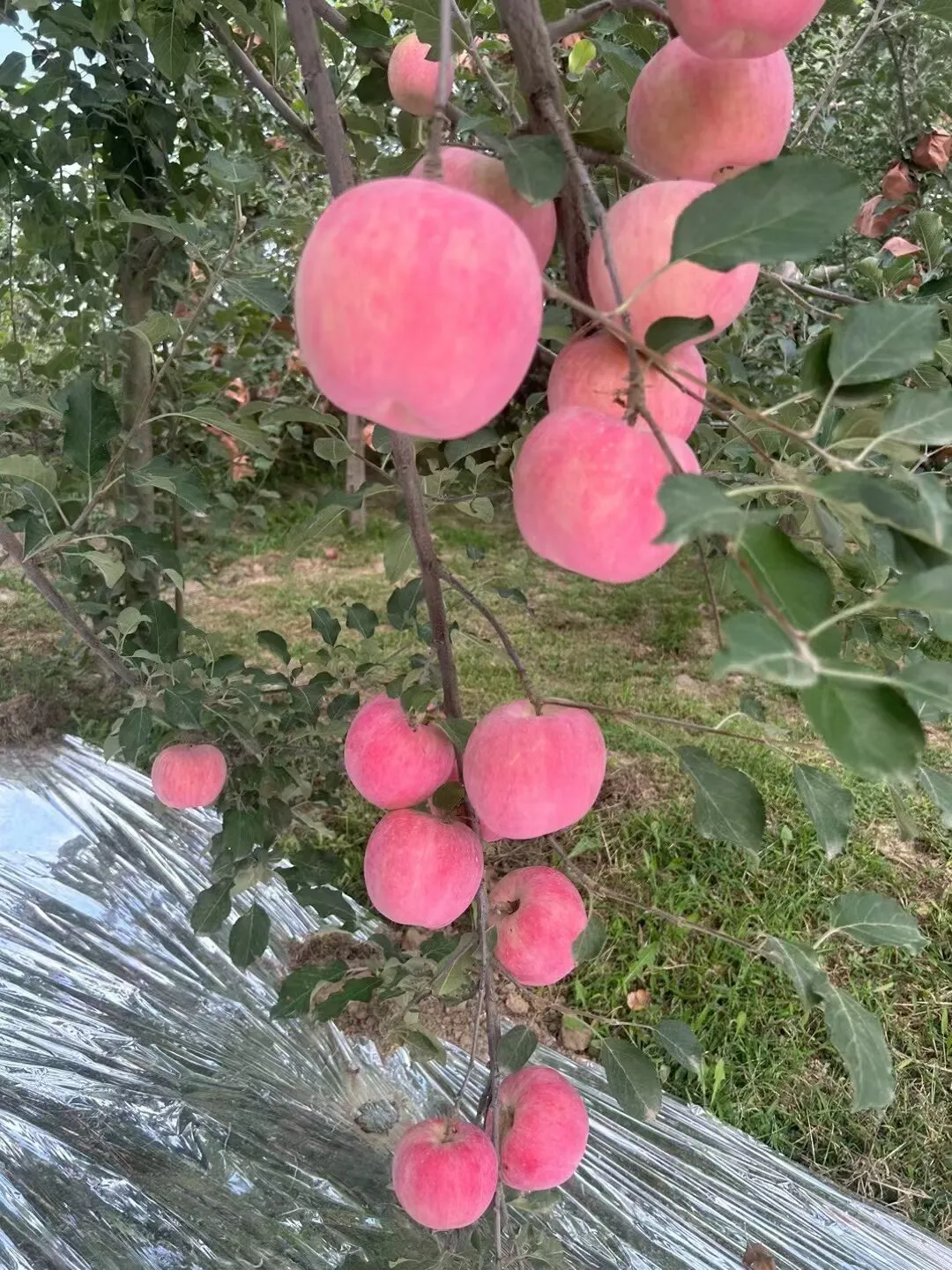Nov . 01, 2024 11:20 Ku laabo liiska
Apple Tree Pollen Collection for Gardening Purposes: A Guide to Pollination Success
Apple trees are a staple in many orchards and gardens, known for their beautiful blossoms and delicious fruits. Successful pollination is essential for producing healthy apples, and apple tree pollen plays a crucial role in this process. Understanding how to collect and use active pollen for pollination in apple orchards can significantly impact your garden’s yield. In this guide, we’ll explore the steps for apple tree pollen collection, the unique traits of apple birch pollen, and the importance of apple pollen grains for successful gardening. Let’s dive into the world of apple pollen and how it can be used effectively in pollination.

How to Collect Active Pollen for Pollination in Apple Orchards
In apple orchards, the use of active pollen for pollination is vital to ensure that flowers are fertilized and fruit sets successfully. Collecting active pollen at the right time is key to achieving this. When apple trees are in full bloom, the pollen is most fertile and can be collected directly from the flowers.
To collect apple tree pollen, gently shake or brush the anthers (the part of the flower that contains the pollen) to release the pollen grains. The collected pollen should be free of debris and moisture, which can impact its viability. Drying the pollen in a cool, dry area ensures it remains fertile and ready for use in pollination.
Once collected, active pollen for pollination in apple orchards can either be applied immediately or stored for later use. When using it for manual pollination, a soft brush or applicator can transfer the pollen onto the stigma of other apple flowers. This method helps to ensure that each flower has the opportunity to be fertilized, increasing the chance of a good harvest.
Exploring the Characteristics of Apple Birch Pollen
Though less common than traditional apple pollen, apple birch pollen is an interesting subject for cross-pollination studies. While birch and apple trees are not directly related in the context of traditional fruit production, apple birch pollen can serve as a fascinating example of pollen compatibility and transfer techniques in broader pollination practices.
In gardening and orchards, apple birch pollen may be observed in experimental cross-pollination trials. However, due to the biological differences between the two tree species, apple birch pollen generally will not result in fertilization or fruit production. It’s a unique study, but for everyday gardeners, focusing on compatible apple varieties for cross-pollination remains the best approach for achieving a fruitful harvest.
The Importance of Apple Pollen Grains in Gardening
Apple pollen grains are tiny, yet they carry the genetic material necessary for fertilizing apple blossoms. Each apple pollen grain contains the male reproductive cells of the apple tree, which are transferred to the female part of the flower (the stigma) during pollination. This fertilization process is what eventually leads to the formation of apples.
In gardening, understanding the role of apple pollen grains can help you improve your pollination techniques. For optimal pollination, it’s essential to collect pollen from healthy, fully bloomed flowers. The grains should be dry and free from contaminants to ensure they are viable for fertilization. Apple pollen grains are naturally sticky, which helps them adhere to the bodies of pollinators like bees or even to manual applicators.
By ensuring that your apple trees receive an adequate supply of viable apple pollen grains, you can increase your garden's productivity and enjoy a more successful harvest.
The Role of the Apple Pollen Band in Pollination
An intriguing aspect of pollen collection is the concept of an apple pollen band. This term refers to a collection of pollen grains arranged on the anther of an apple blossom, where they form a band-like structure. The apple pollen band is essentially a source of concentrated pollen, which can be easily harvested for pollination purposes.
Gardeners can take advantage of the apple pollen band by gently collecting pollen from the anthers when the flowers are in full bloom. This collection technique ensures that the pollen is both fertile and plentiful, making it a perfect tool for manual pollination. The apple pollen band is also useful when storing pollen for later use, as it provides an organized way to collect and store large amounts of viable pollen.
Enhance Your Garden with High-Quality Apple Tree Pollen
we specialize in providing high-quality apple tree pollen for gardening and orchard purposes. Whether you're looking to boost pollination in your apple trees or experiment with new pollination techniques, our active pollen for pollination in apple orchards is the perfect solution.
We offer carefully harvested pollen that ensures high viability and successful fertilization, so your apple trees can thrive and produce abundant fruit. Don’t miss out on the chance to improve your garden’s productivity with our premium apple tree pollen products.
Visit our website today to purchase apple tree pollen and enhance the success of your gardening efforts!
-
Shifting Patterns in Ambrosia Pollen, Grass Pollen, and Pine Tree Pollen
WararkaJul.07,2025
-
Revolutionizing Cherry Pollen Preservation: Freeze-Drying and Cryopreservation
WararkaJul.07,2025
-
Navigating Seasonal Challenges in Plum Pollen Production and Supply
WararkaJul.07,2025
-
Global Surge in Kiwipollen Demand: Trends Shaping Wholesale Markets
WararkaJul.07,2025
-
Commercial Harvesting and Processing of Pear Pollen
WararkaJul.07,2025
-
Best Practices for Processing and Buying Apple Tree Pollen
WararkaJul.07,2025